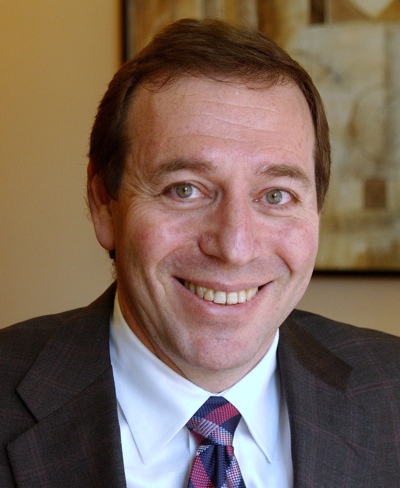
Columbia Business School is launching yet another Executive MBA program—its fifth master’s program for executives. The school announced yesterday (May 1) a new delivery format that it believes would attract executives throughout the U.S., Canada and Latin America.
Instead of meeting on either alternating Fridays and Saturdays or every Saturday, this new EMBA-Americas offering will meet for one week every month for 20 months. All of the weeklong sessions, with the exception of two, will be held at Columbia’s New York City campus. EMBA students will spend one week in Silicon Valley and another week in Latin America during the five-semester program.
The new program solidifies Columbia’s position as the largest Executive MBA player in the U.S. The school admits more than 450 executive MBA students annually and is expecting 45 to 70 admits for this new program, which begins in January. Poets&Quants ranks Columbia’s EMBA offerings fourth best in the world, behind only Wharton, Chicago Booth and Northwestern Kellogg.
Among four existing EMBA programs, Columbia already offers students in New York the option of meeting either weekly on Saturdays or every other week on both Fridays and Saturdays while completing the core curriculum in the first year. As students enter the second year of the program, they gain access to what Columbia says is one of the largest slate of electives of any EMBA program.
Access to a large menu of elective courses will also be key draw of the new program. Of the five total semesters of the program, two of them are completely devoted to elective courses. Columbia says that EMBA-Americas students will have the opportunity to join all other EMBA students in choosing from elective offerings in different formats: global elective weeks, either bi-weekly or weekly EMBA-NY electives, or those offered in the full-time MBA program.
COLUMBIA WILL PRICE THE PROGRAM IN THE SAME $161,280 RANGE AS ITS OTHER EMBA OPTIONS
The decision to launch the new program, which will be priced at roughly the $161,280 that Columbia charges for its other EMBA programs, was unrelated to the school’s decision last month to end its EMBA partnership program with UC-Berkeley’s Haas School. Haas plans to launch a stand-alone executive MBA next year. But ending the Berkeley joint program allowed Columbia to launch the new offering earlier than expected. “By freeing resources from Berkeley, it made it easier to move on this program,” said Amir Ziv, vice dean of Columbia Business School.
In an interview with Poets&Quants. Ziv said the once a week per month format extends the reach of the program to a much larger population of executives who find it difficult to fly to New York for either its Saturday only or alternating Friday-Saturday programs. It also fits into the school’s general strategy of removing the barriers that executives often face when considering EMBA programs.
“If you look at the difference between the MBA world and the EMBA world, the MBA program is very global by nature,” he said. “All of the schools take 30% to 35% of their students from international places—and 70% of my MBA students are moving to be in the full-time program. EMBA programs. on the other hand, have two major issues with its delivery format. One is the time away from work and the other is location. If you are working in one place, you often can’t take a program in another place.
‘BY MEETING ONCE A MONTH, WE CAN INCREASE OUR REACH TO EVERYONE IN THE U.S.’
“Over the last couple of years, our strategy is to remove these barriers to entry,” added Ziv. “The first one we did was last year with EMBA Saturday. It is local but you can be there without missing a day of work. We get people from Philadelphia, Washington, D.C., and the New York area because it’s reasonably easy to do it. But would you fly from Texas? It’s too much to ask. EMBA-Americas solves the location problem. By meeting once a month, we can increase our reach to everyone in the U.S., including the south, California and the Midwest as well as Latin America. You can take a flight once a month and it’s no big deal.”





Questions about this article? Email us or leave a comment below.